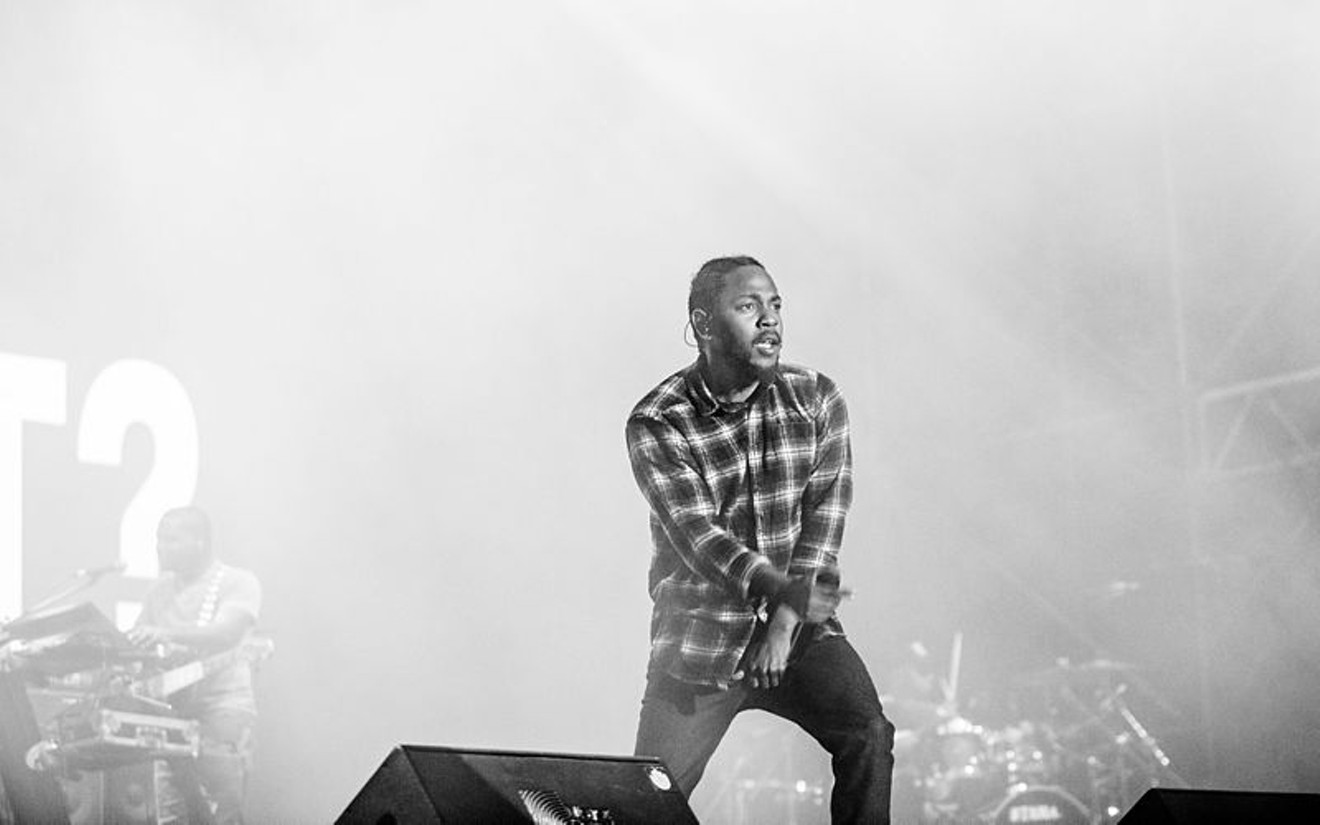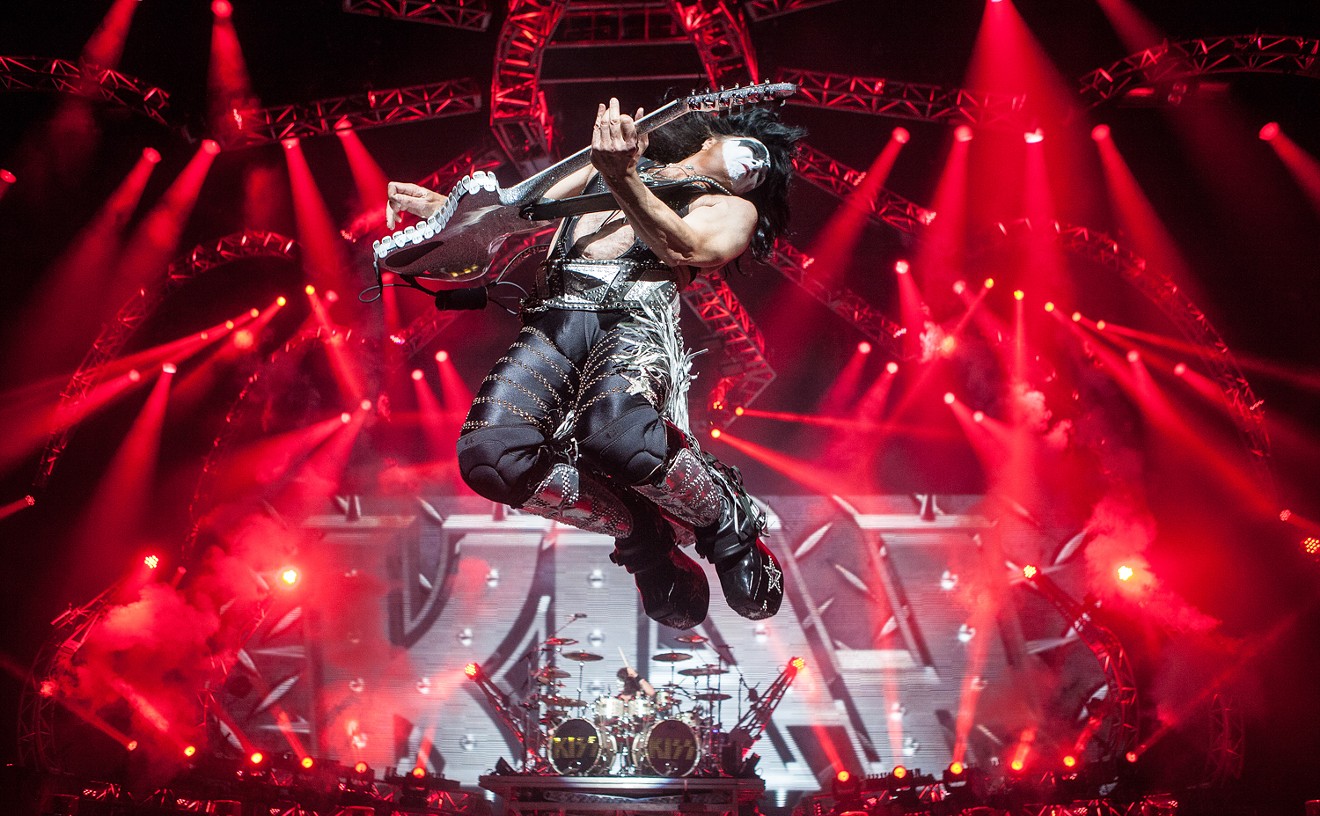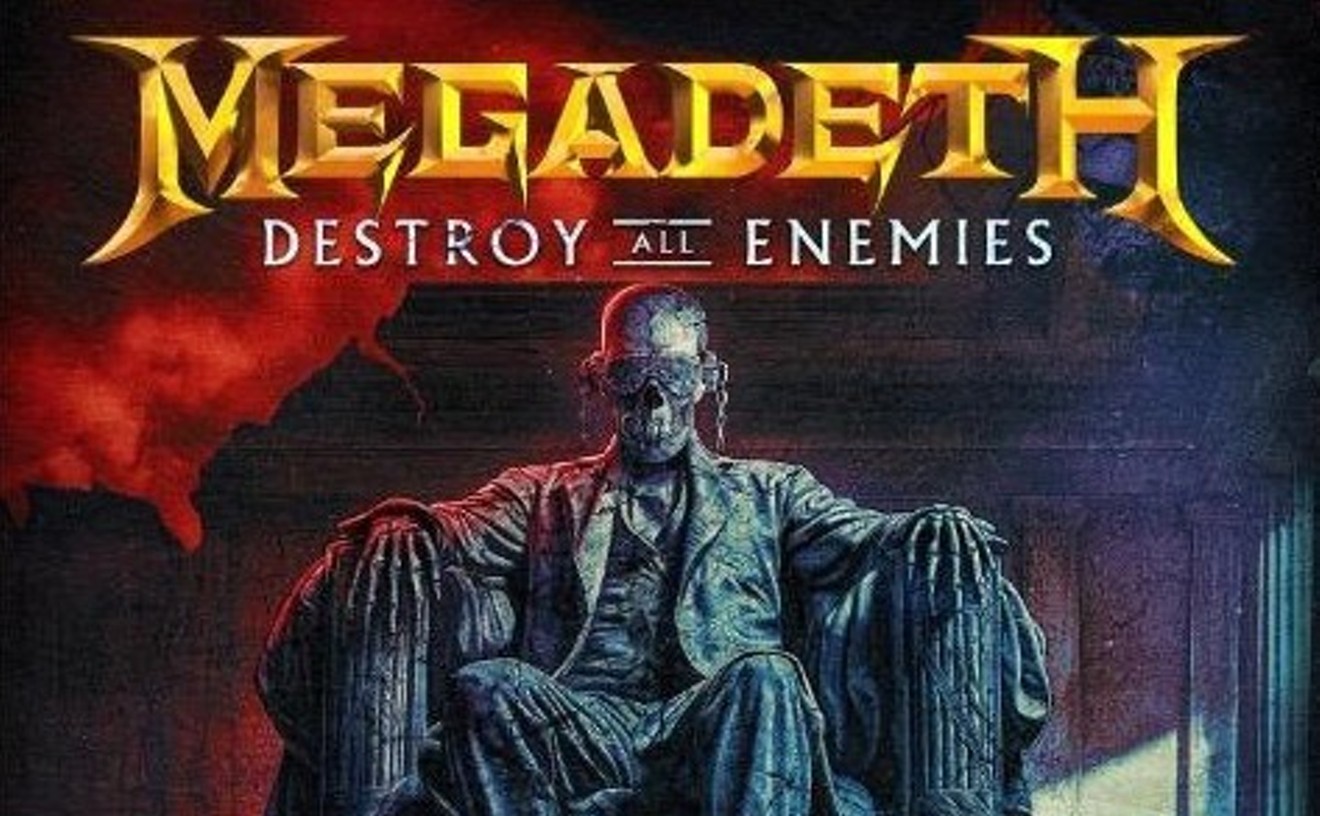Kendrick Lamar is king, and there are several reasons why. His sharp and incisive lyrics, his dexterous flows, and the fact that his guest verses often are better than most rappers’ whole albums are just a few. In a few short years, he’s become Compton’s golden son, the rapper every other serious hip-hop artist can’t help but compare himself to.
Lyrical mastery aside, there’s one thing that Lamar has done that’s put him head and shoulders above his peers. He’s raised the profile of rap albums as a format back to their place of glory.
People have been sounding the death knell for albums as a format since Napster. This is a singles age, pop culture pundits declared as the entire musical landscape buckled and shifted in the wake of digital downloads and streaming. In no other genre was this shift more evident than in rap, where an MC could drop an album full of filler and still get rich off one platinum banger.
It wasn’t always this way. Hip-hop’s major players have always been interested in being a part of the pop conversation, but there was a period from the mid-’80s to early ’90s where rap took the album format seriously.
Groups like Public Enemy, De La Soul, A Tribe Called Quest, Boogie Down Productions, and Eric B & Rakim put out LPs that hung together as coherent artistic statements. They include the occasional bit of filler (every “give the DJ some” track ever), but there was a real commitment to making their albums more than a delivery mechanism for one to three hits. Sometimes, even the filler was great. Wu-Tang Clan albums had narrative spines, considered sequencing, and beats and musical production that sounded unified (as opposed to a lot of modern albums that have five different production teams on each track).
And it wasn’t just the “woke” rappers like P.E. or Daisy Age disciples like De La who put care and craft into making front-to-back great albums. More street rappers like Biggie and Nas were dropping classic records that would give the greatest rock concept albums a run for their money.
At some point, though, things started to shift. It became less and less likely that a radio rapper would drop an album that wouldn’t make you smash that skip button.
Until Kendrick Lamar came along.
Not only did he make the rap album a strong artistic format again, he made it commercially viable. In an age when most rappers struggle, Lamar has released three consecutive studio albums that have gone platinum. Make that four if you count B-sides collection Untitled Unmastered.
What’s even more impressive: To Pimp a Butterfly and Untitled Unmastered sold like gangbusters even though neither album had a major radio single. When Damn got a surprise release this year, it sold more than 600,000 copies in its first week. Not even a pop juggernaut like Drake could hit those numbers in 2017.
Listening to his early work, it’s hard to imagine how formidable Lamar would become. He showed some early promise with Section 80, an album that featured a stone cold classic in “A.D.H.D.,” as well as the worst song that Lamar ever put to tape, the face-palm inducing “No Makeup.” It was a solid album, but it was nothing compared to Good Kid, M.A.A.D City.
Not only was the album loaded with great songs, Lamar connected them together with a cinematic narrative. Presenting the sequence of events out of order like a Tarantino movie, it encouraged multiple listens to piece Good Kid’s timeline together.
To Pimp a Butterfly continued this trend. Although the narrative was a bit more abstract, Lamar was able to thread this disparate collection of cosmic jazz/rap songs together by talking about his struggles with God (the haunting “How Much a Dollar Cost”) and the devil (personified as Lucy on several songs) and calling back to an imagined conversation with Tupac.
Lamar’s commitment to the album format is so strong that even his collection of B-sides, Untitled Unmastered, has more connective tissue and thematic links between its eight untitled songs than most rappers can muster for their “proper” albums. And for a collection of odds and ends, it did remarkably well on the charts: It sold more copies during its first week than most other rap albums in 2016. (The only rappers who beat him in first-week sales that year were J. Cole and Drake.)
This dedication to the album format continues in King Kendrick’s latest royal proclamation, Damn. With back-to-back songs whose titles and content contrast with each other (“Blood”/”DNA”, “Love”/”Lust”, “Pride”/”Humble”, “Fear”/”God”), a spoken-word confrontation with a blind woman that ends with a gunshot, and a vividly narrated closing track that tells the story of how a run-in between his father and his future label head could have gone horribly wrong (“Duckworth”), Damn has enough puzzle pieces packed inside to reward repeat listens.
Generosity is the mark of greatness for a good king. Here’s hoping everything Lamar touches continues turning to gold.
Kendrick Lamar is playing on Wednesday, July 12, at Gila River Arena in Glendale. Tickets are $71 and up via Ticketmaster.
[
{
"name": "Air - MediumRectangle - Inline Content - Mobile Display Size",
"component": "18478561",
"insertPoint": "2",
"requiredCountToDisplay": "2"
},{
"name": "Editor Picks",
"component": "16759093",
"insertPoint": "4",
"requiredCountToDisplay": "1"
},{
"name": "Inline Links",
"component": "17980324",
"insertPoint": "8th",
"startingPoint": 8,
"requiredCountToDisplay": "7",
"maxInsertions": 25
},{
"name": "Air - MediumRectangle - Combo - Inline Content",
"component": "16759092",
"insertPoint": "8th",
"startingPoint": 8,
"requiredCountToDisplay": "7",
"maxInsertions": 25
},{
"name": "Inline Links",
"component": "17980324",
"insertPoint": "8th",
"startingPoint": 12,
"requiredCountToDisplay": "11",
"maxInsertions": 24
},{
"name": "Air - Leaderboard Tower - Combo - Inline Content",
"component": "16759094",
"insertPoint": "8th",
"startingPoint": 12,
"requiredCountToDisplay": "11",
"maxInsertions": 24
}
]










